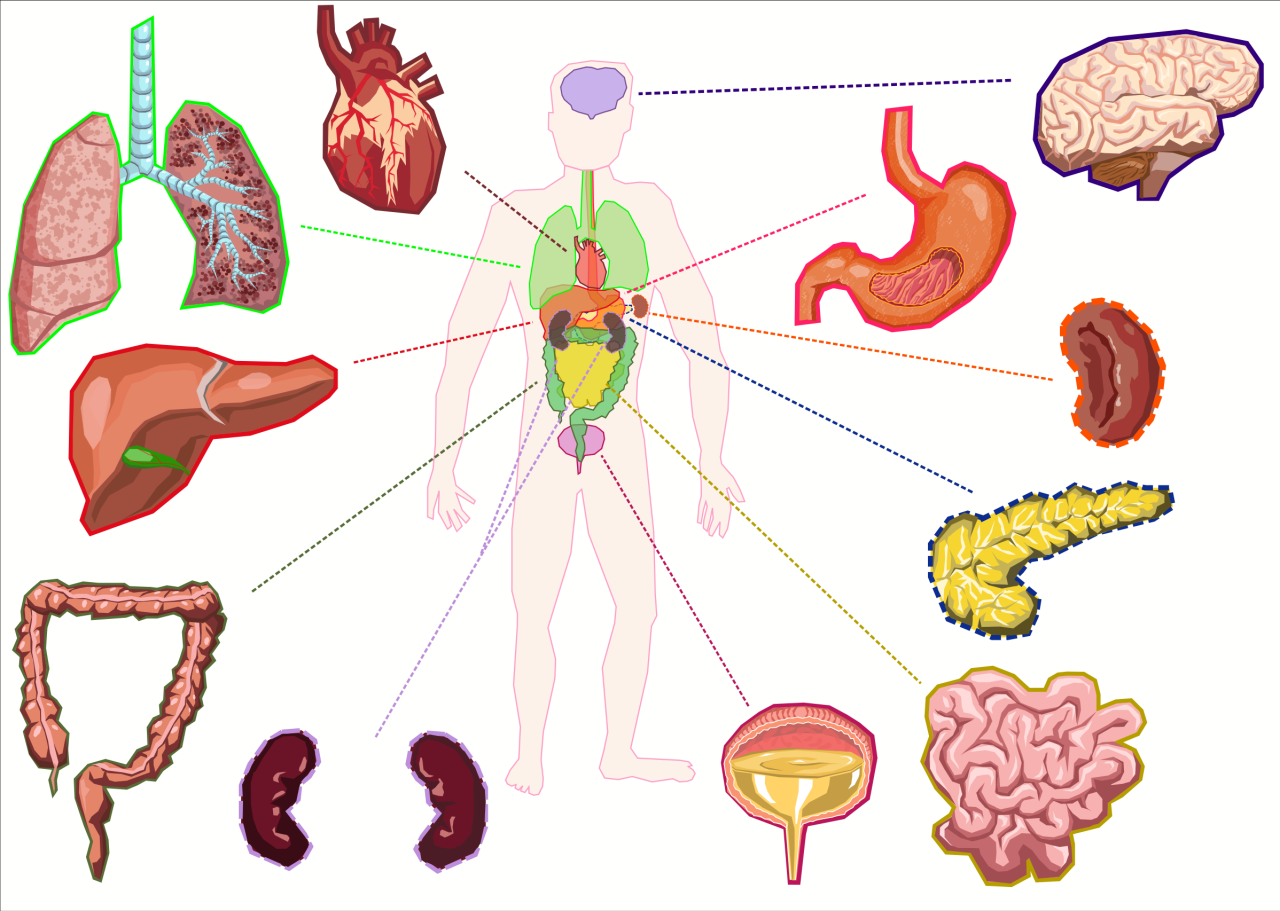As body candy body jewelry takes center stage, this opening passage beckons readers into a world crafted with good knowledge, ensuring a reading experience that is both absorbing and distinctly original. Body candy body jewelry encompasses a wide range of accessories that allow individuals to express their unique identity and style through body piercings and adornments. From vibrant colors to intricate designs, these pieces not only serve as fashion statements but also hold cultural significance and personal meaning for many wearers.

Exploring this fascinating realm reveals how body jewelry has evolved over the years, influenced by trends, cultural shifts, and individual creativity. The rise of body candy jewelry reflects a growing acceptance of body art and a desire for self-expression, making it an intriguing topic for those interested in fashion, culture, and personal identity.
Technology has been an integral part of human civilization, shaping the way we live, work, and interact with one another. From the invention of the wheel to the rise of artificial intelligence (AI), the journey of technological advancement is fascinating and complex. This article explores the key milestones in this journey, highlighting how each breakthrough has contributed to the fabric of our society.
The Dawn of Technology: The Wheel and Beyond
The wheel, invented around 3500 BC, is often regarded as one of the most significant inventions in human history. It revolutionized transportation and enabled trade, leading to the development of cities and civilizations. This simple yet effective tool laid the groundwork for future innovations, as it demonstrated the power of leveraging mechanics to solve everyday problems.
Following the wheel, other monumental inventions emerged. The plow, for instance, transformed agriculture, allowing for increased food production and supporting larger populations. The development of writing systems in ancient Mesopotamia further accelerated the exchange of ideas and information, establishing a foundation for education and governance.
The Industrial Revolution: A Leap Forward
The Industrial Revolution, which began in the late 18th century, marked a pivotal period in technological advancement. The introduction of steam power and mechanization dramatically changed industries, leading to mass production and urbanization. Innovations like the spinning jenny and the steam engine not only improved efficiency but also enhanced the quality of goods.
This era also saw the rise of the factory system, which redefined labor dynamics. People moved from rural areas to urban centers in search of work, leading to demographic shifts and the emergence of a new social order. While the Industrial Revolution brought about economic growth, it also raised challenges, such as poor working conditions and environmental degradation.
The Age of Electricity and Communication
The late 19th and early 20th centuries ushered in the age of electricity and communication. The invention of the electric light bulb by Thomas Edison and the widespread use of electricity transformed daily life, extending productive hours beyond daylight. This period also witnessed the birth of the telephone by Alexander Graham Bell, which revolutionized communication, allowing people to connect across vast distances.
The introduction of the radio and later the television changed how information was disseminated. These inventions created a shared cultural experience and connected people in unprecedented ways. As societies became more interconnected, the demand for faster and more efficient communication continued to grow.
The Digital Revolution: Computers and the Internet
The late 20th century marked the onset of the Digital Revolution, characterized by the development of computers and the Internet. The first computers were massive machines used primarily by governments and large corporations. However, as technology advanced, computers became smaller, more powerful, and accessible to the general public.
The creation of the Internet in the 1960s and its commercialization in the 1990s changed the landscape of communication and information sharing. The World Wide Web opened up a vast repository of knowledge, enabling people to connect and collaborate regardless of geographical boundaries. This period also saw the rise of personal computers, which transformed workplaces and homes alike.

Mobile Technology and Social Media: A New Era of Connectivity
The advent of mobile technology in the early 21st century further transformed the way we communicate and access information. Smartphones became ubiquitous, putting powerful computing devices in the pockets of billions around the globe. With the ability to connect to the Internet on the go, people could share experiences, consume content, and engage with others at any time.
Social media platforms emerged as a new form of communication, allowing users to share their lives, opinions, and creativity with a global audience. These platforms have reshaped social interactions, making it easier to connect with friends and family while also sparking significant cultural and political movements. Social media has become a double-edged sword, bringing people together while also raising concerns about privacy, misinformation, and mental health.
The Rise of Artificial Intelligence: A Glimpse into the Future
As we progress into the 21st century, artificial intelligence stands at the forefront of technological advancement. AI technologies, powered by machine learning and data analytics, are transforming industries ranging from healthcare to finance. AI is being used to analyze vast amounts of data, providing insights that were previously unimaginable.
Applications of AI are diverse, including virtual assistants like Siri and Alexa, autonomous vehicles, and predictive analytics in business. While AI offers tremendous potential for efficiency and innovation, it also raises ethical considerations regarding job displacement, algorithmic bias, and the need for responsible AI governance.
The Future of Technology: Balancing Innovation and Ethics
As we look to the future, the trajectory of technological advancement raises important questions about the balance between innovation and ethics. With the rapid pace of change, society must grapple with the implications of these technologies on privacy, security, and the job market.

Investing in education and training will be critical to prepare the workforce for the jobs of tomorrow. Furthermore, fostering an ethical framework for technology development can help ensure that advancements benefit all of humanity, rather than exacerbating existing inequalities.
Conclusion: Embracing Change in the Technological Landscape
In conclusion, the evolution of technology from the wheel to artificial intelligence illustrates our capacity for innovation and adaptation. Each milestone has shaped our societies in profound ways, enabling us to overcome challenges and improve our quality of life. As we continue to embrace new technologies, it is essential to approach them with a sense of responsibility, ensuring that they are used to create a better future for everyone.
FAQs
What materials are commonly used in body candy jewelry?
Common materials include stainless steel, titanium, acrylic, and gold, each chosen for their durability and skin compatibility.
Is body candy jewelry safe for sensitive skin?
Yes, many brands offer hypoallergenic options specifically designed for sensitive skin, such as titanium and surgical steel.
How do I properly care for my body candy jewelry?
To maintain your jewelry, clean it regularly with mild soap and water, and avoid exposing it to harsh chemicals.
Can I wear body candy jewelry while exercising?
Generally, it’s advisable to remove body jewelry during intense physical activity to prevent irritation or injury.
What should I consider before getting a body piercing?
Consider the pain level, healing time, and aftercare requirements, as well as the potential for infection.











